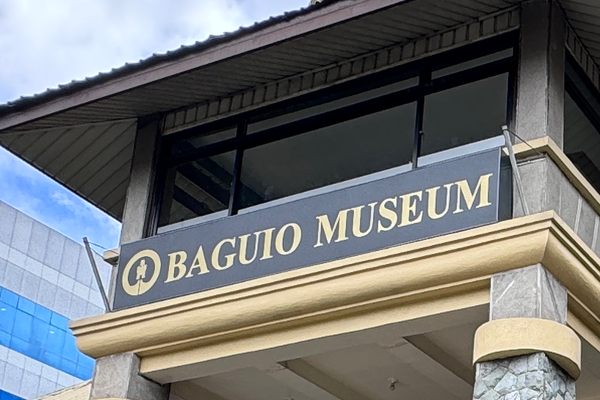The Ibaloi tribes who predominantly inhabited the highlands of Benguet are known for their unique mummification process. The process starts even before the person dies, when the dying ingested a very salty drink. After death, the corpse was washed and set over a fire in seated position to dry. Tobacco smoke is blown into the dead person’s mouth to dry the internal organs. Herbs are eventually rubbed on the body before placed in a coffin made of pine. The process is called meking, or in English as fire mummification. The coffin is placed in rock shelters, caves, or burial niches. The exact origin date of this tradition is unclear, but it was in practice for hundreds of years, until the 19th century.
The biggest collection was found in the town of Kabayan, Benguet, where there were around 200 manmade caves, with 15 of the them containing preserved human mummies.
In 1973, Presidential Decree 260 designated the Kabayan mummies as cultural treasures. All the Kabayan mummies had to be returned to their original locations. A museum was also built in the vicinity in 1982 to house some of the mummies, store other artifacts, and provide information about the Ibaloi mummification process.
In 2006, UNESCO added the site into its tentative list. It is illegal to remove them from their original location. However, one such mummy was donated to Baguio Museum prior to the decree, and the Ibaloi eventually agreed to have it stay there for preservation and to showcase this unique tradition in a more accessible environment.
